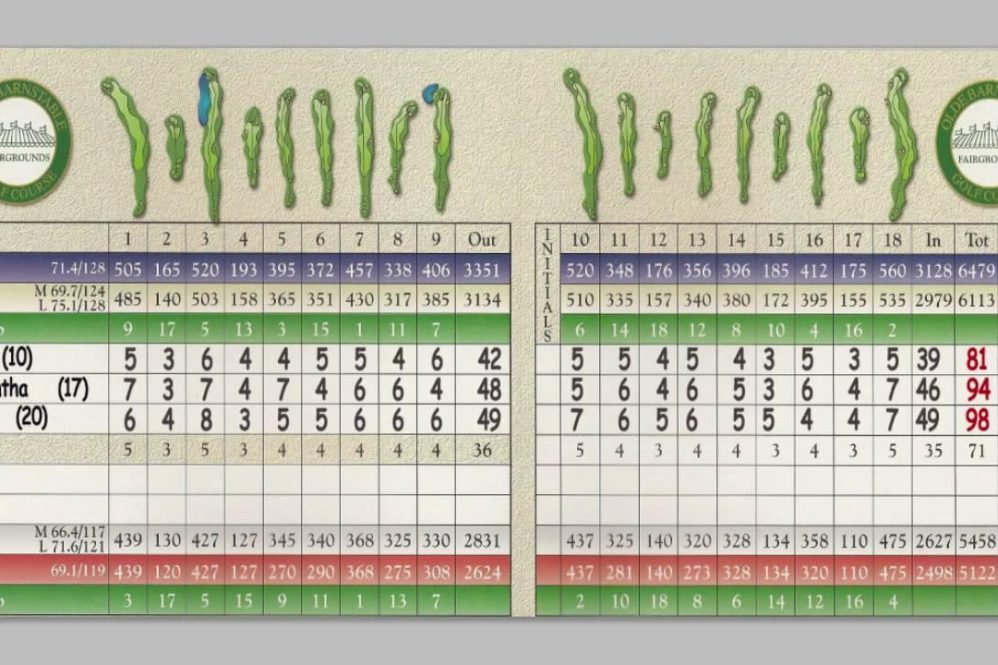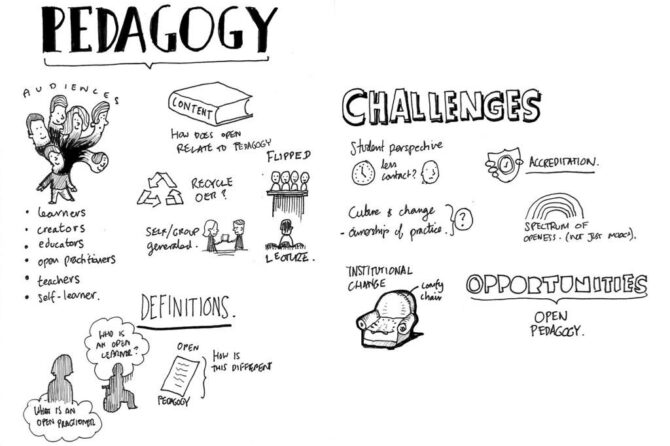Amidst the esteemed annals of golf, the art of scoring looms as an enigmatic tapestry interwoven with intricate methodologies and a myriad of nuanced strategies. To unravel its complexities, we embark on a comprehensive examination of golf scoring, deciphering the symbiotic relationship between course traits and individual prowess. Through this erudite treatise, we shall illuminate the path to optimal performance, empowering golfers to transcend their current skillset and ascend to the pinnacle of their potential.
Gross and Net Scoring: A Detailed Examination
Gross score represents the total number of strokes taken on a course, while net score accounts for handicaps and reflects a player’s performance relative to their established skill level. Understanding the difference between these scoring methods is crucial for accurate self-assessment and effective score tracking.
The following table compares key aspects of gross and net scoring:
| Feature | Gross Score | Net Score |
|—|—|—|
| Definition | Total strokes taken | Strokes taken minus handicap strokes |
| Use | Calculates a player’s overall performance | Assesses a player’s performance relative to their handicap |
| Handicapping | Not considered | Handicap strokes deducted from gross score |
Understanding your gross and net scores allows for targeted practice and improvement strategies. By comparing your scores to your handicap, you can identify areas where you exceed or fall short of expectations, enabling more effective course management and shot selection.
Beyond handicap considerations, course conditions also significantly impact scoring. Factors such as wind, precipitation, and course layout can drastically affect stroke counts. Course layouts vary in terms of hole lengths, hazards, and terrain. Golfers must account for these variations by adjusting their shot strategies and course navigation. Players with a deeper understanding of course characteristics can optimize their play and achieve lower scores. This requires careful course reconnaissance, analysis of scorecards, and practice in diverse conditions. The ability to adapt to unique course challenges is a hallmark of skilled golfers.
Course Characteristics and Their Impact on Scoring Patterns
The layout and design of a golf course significantly influence scoring patterns. Here are key factors to consider:
Length: Longer courses demand more accurate driving and require players to hit the ball further. This can lead to higher scores for those lacking distance or lacking control over their shots.
Hazards: Strategically placed bunkers, water bodies, and rough areas penalize errant shots, resulting in increased strokes. Courses with numerous hazards test a golfer’s ability to navigate various obstacles, requiring careful course management and shot placement.
* Course Conditions: The type of vegetation, greens speeds, and weather conditions affect shot trajectories and distances. Thick rough and fast greens demand precision shots, while softer fairways and slower greens provide players with more forgiveness.
Table: Impact of Course Characteristics on Scoring Patterns
| Course Characteristic | Impact on Scoring |
|—|—|
| Length | Higher scores for players lacking distance or accuracy |
| Hazards | Increased strokes due to penalties for errant shots |
| Course Conditions | Fluctuations in scoring depending on vegetation, greens speeds, and weather |
Understanding these course characteristics can help golfers tailor their strategies accordingly. For example, on longer courses, players may prioritize distance and accuracy over aggressive shot-taking, while on hazard-laden layouts, course management and risk-reward assessment become crucial.
Strategic Shot Selection for Optimal Scorecard Outcomes
Strategic shot selection is the cornerstone of maximizing scoring opportunities on the golf course. Here are some nuanced tactics that can dramatically improve your scorecard:
- Assess Risk and Reward: Evaluate the potential benefits and drawbacks of each shot. For example, choosing to hit a shorter iron off the tee may result in a safer shot but potentially leave you in a more difficult position for your approach. Conversely, selecting a longer club can shorten the approach but carries the risk of ending up in trouble.
- Consider Course Conditions: Take into account wind direction, slope, and hazards when making shot selections. A tailwind can assist you in reaching a distant green, while a crosswind may necessitate a more conservative play. Aiming slightly right of a hazard on a sloping lie can help prevent your ball from rolling into unfavorable terrain.
- Leverage Statistical Analysis: Track your shot data to identify your strengths and weaknesses. This information can help you make informed decisions on the course and choose shots that are most likely to produce positive outcomes. For example, if your statistics indicate that you excel at accuracy with irons, you may opt to hit an iron over a driver in certain situations to minimize the risk of a wayward shot.
Course Management: Mastering the Craft of Effective Strategy
Effective course management involves understanding the intricacies of a golf course and utilizing strategies to maximize one’s performance. Hogan emphasizes the importance of knowing the distance and hazards on a particular hole, as well as the wind conditions and potential trouble areas. Accurate yardages are crucial for selecting the appropriate club and planning the shot trajectory.
Furthermore, Hogan advocates for visualizing the shot before playing it, taking into account the lie, slope, and green contours. A clear mental picture enables the player to focus on executing the shot with precision and confidence. By considering all these factors, golfers can make informed decisions that increase their chances of success on the course.
Table: Course Management Strategies
| Strategy | Benefits |
|—|—|
| Course reconnaissance | Gather detailed knowledge about the course layout and potential hazards |
| Hazard identification | Determine the potential risks and obstacles on each hole |
| Wind assessment | Monitor wind speed and direction to adjust club selection and shot trajectory |
| Shot visualization | Mentally rehearse the shot before playing it to enhance focus and confidence |
| Risk-reward analysis | Weigh the potential rewards against the risks of certain shots and choose wisely |
Goal Setting and Personalized Improvement Strategies
Understanding your scoring patterns and setting realistic scoring goals is crucial for maximizing performance. Start by analyzing previous rounds to identify strengths and weaknesses, and use these insights to develop specific goals that align with your skill level. For instance, a golfer with a consistent short game may focus on improving their driving accuracy to reduce lost strokes.
Establishing a detailed improvement plan is essential to guide practice and match preparation. Break goals into smaller, manageable steps, focusing on specific areas such as shot selection, distance control, or green reading. Consider incorporating practice routines that simulate real-life scenarios and allow you to refine techniques in a controlled environment.
Collaborate with a PGA Professional or experienced coach to receive tailored guidance and feedback. They can assess your swing mechanics, analyze course data, and recommend drills and strategies that can accelerate progress. Working with a professional can provide objective insights and assist in designing personalized improvement plans that address individual strengths and weaknesses.
a thorough understanding of golf scoring is paramount for aspiring players seeking to elevate their game to new heights. Delving into the methodologies of determining gross and net scores, analyzing course characteristics, and examining shot selection strategies empowers golfers with the knowledge and insights necessary to harness their abilities and maximize performance on the course. By embracing a scientific, data-driven approach to golf scoring, players can identify areas for growth, set realistic goals, and embark upon a transformative journey towards enhanced performance, striving for excellence and leaving an indomitable mark on the greens.





